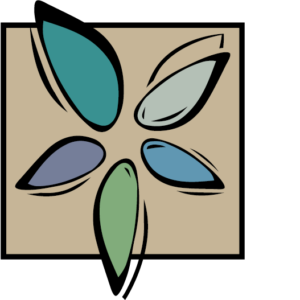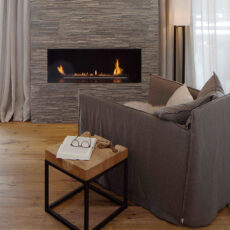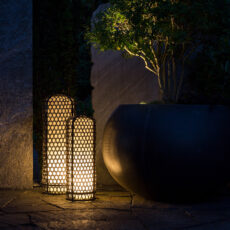TRANSFORM YOUR HOME ACCORDING TO THE PRINCIPLES OF EVOLUTION!
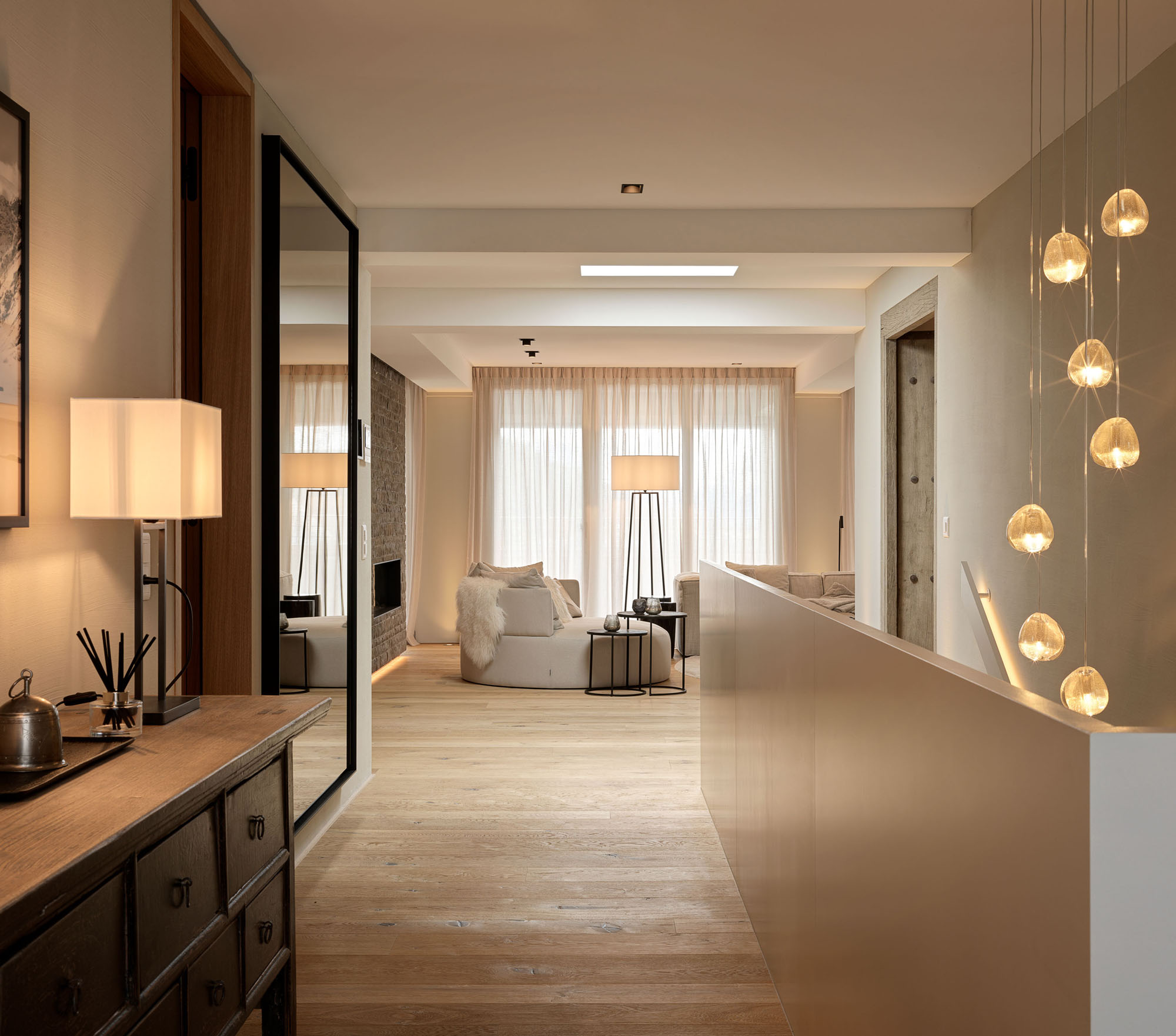
Deeply rooted, internalised behaviours that can promote our well-being and reduce stress have been passed down from generation to generation. Surely you have heard that you should not sit with your back to the door? The reason for this is the possible danger (the tiger in front of the cave), which could attack from behind.
The hierarchy at a dining table can also support the natural hierarchy – the head, both male and female, sits in the place with the best overview, just like our ancestors. Or perhaps the thesis from my last blog: ‘Fireplace as a place of longing’: Fire profoundly changed the lives of our ancestors: It warmed and kept dangerous animals away; it made cooking possible and thus facilitated chewing and digestion. It made people more social, as stories and myths were told around the fire. This conveyed values and strengthened the community. ( Blog PLACE OF LONGING FIREPLACE )
Below are 4 theses for your home that you can use to improve your quality of life and make your home even more powerful and supportive.
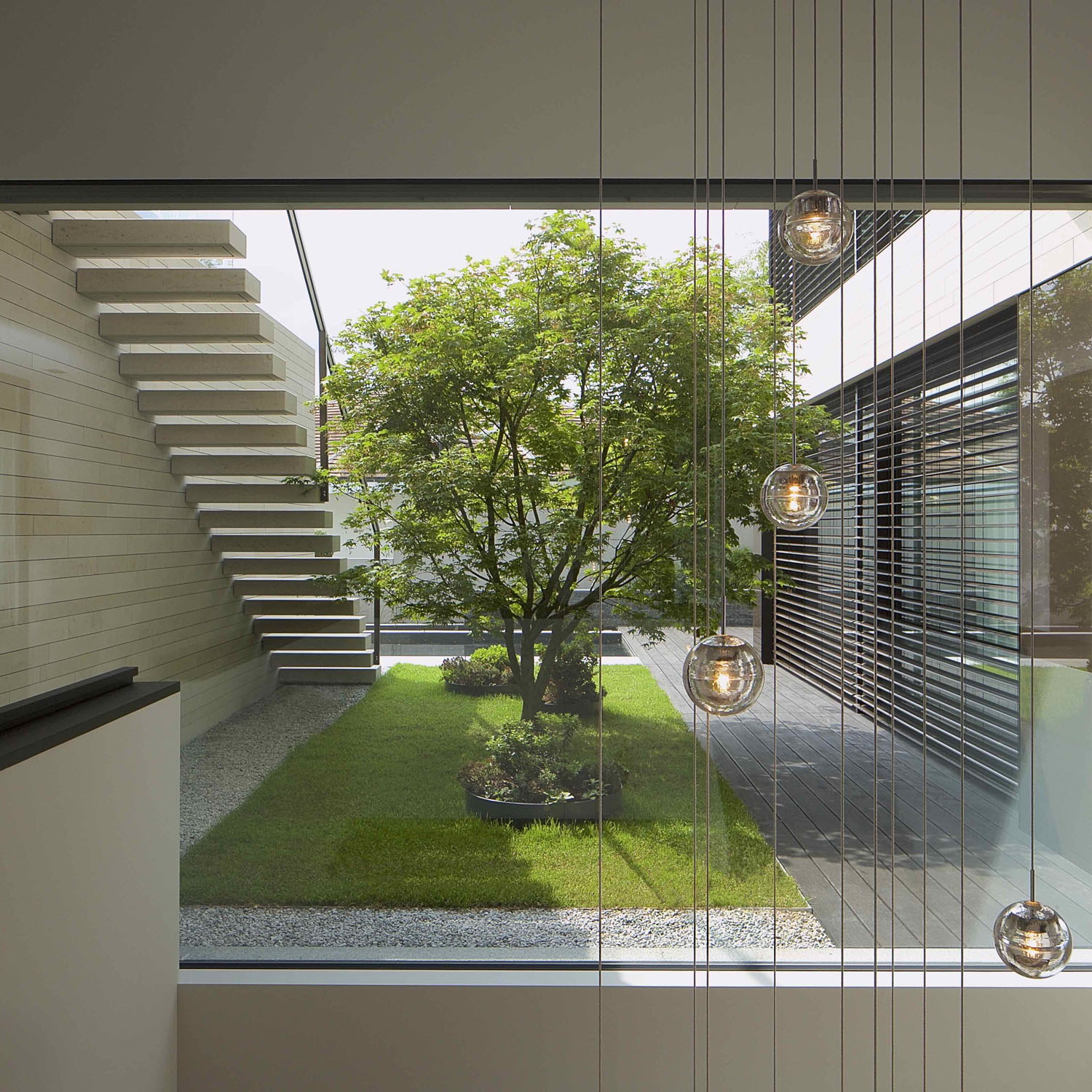
NATURE EFFECT: Connection to nature
Biophilic design is designing for humans as biological organisms, respecting the mind-body systems as indicators of health and well-being in the context of what is locally appropriate and appealing. Evolutionary psychological approaches should help people to live healthier lives and prevent illness.
The implementation of nature into our homes can be realised through the visual experience of nature (garden, patio, nature-inspired living) as well as through non-visual nature-inspired design elements. The connection to nature can lower blood pressure and reduce stress hormones, as well as helping to lift the general mood.
TIP
A space with a good non-visual connection to nature feels fresh and balanced; the environmental conditions are perceived as familiar and comfortable, with sounds, aromas and textures reminiscent of being outside in nature: Mechanically released natural plant oils – do you know ‘Revoltab.com’? Heavily textured fabrics/textiles that mimic the texture of natural materials, audible water features or quite simply: fresh flowers and good ventilation!

SAVANNEN-EFFECT: View and unobstructed view
A room with a good view out of or into the room feels open and free, but also conveys a feeling of security and control, especially when you are alone or in an unfamiliar environment.
The origin is the clear view over the savannah to recognise possible attackers, threats but also prey.
Our visual preferences and possibly also our aesthetic preferences may have their roots in reference points that served our survival. Health benefits include reduced stress, boredom, irritation, fatigue and perceived vulnerability, as well as increased comfort.
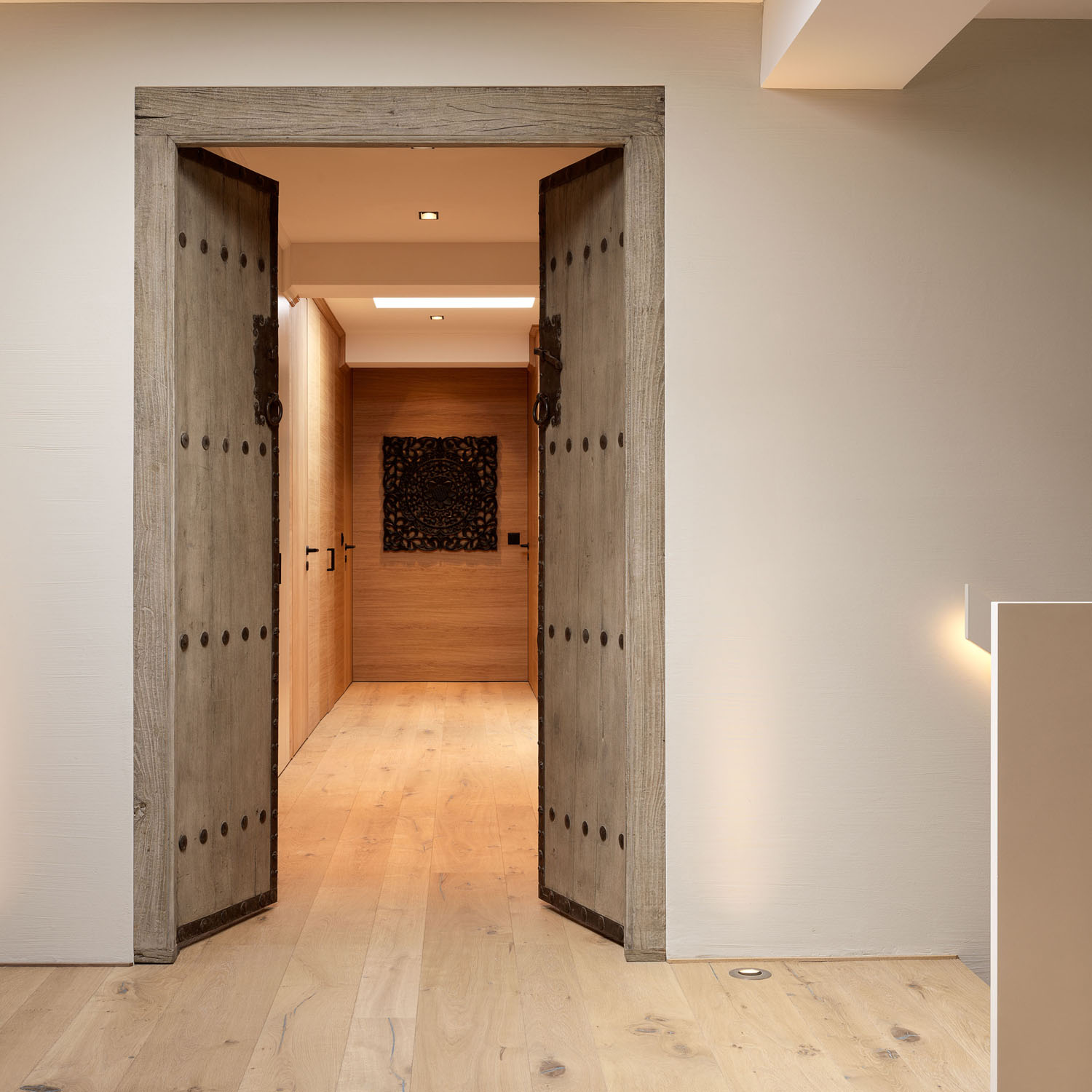
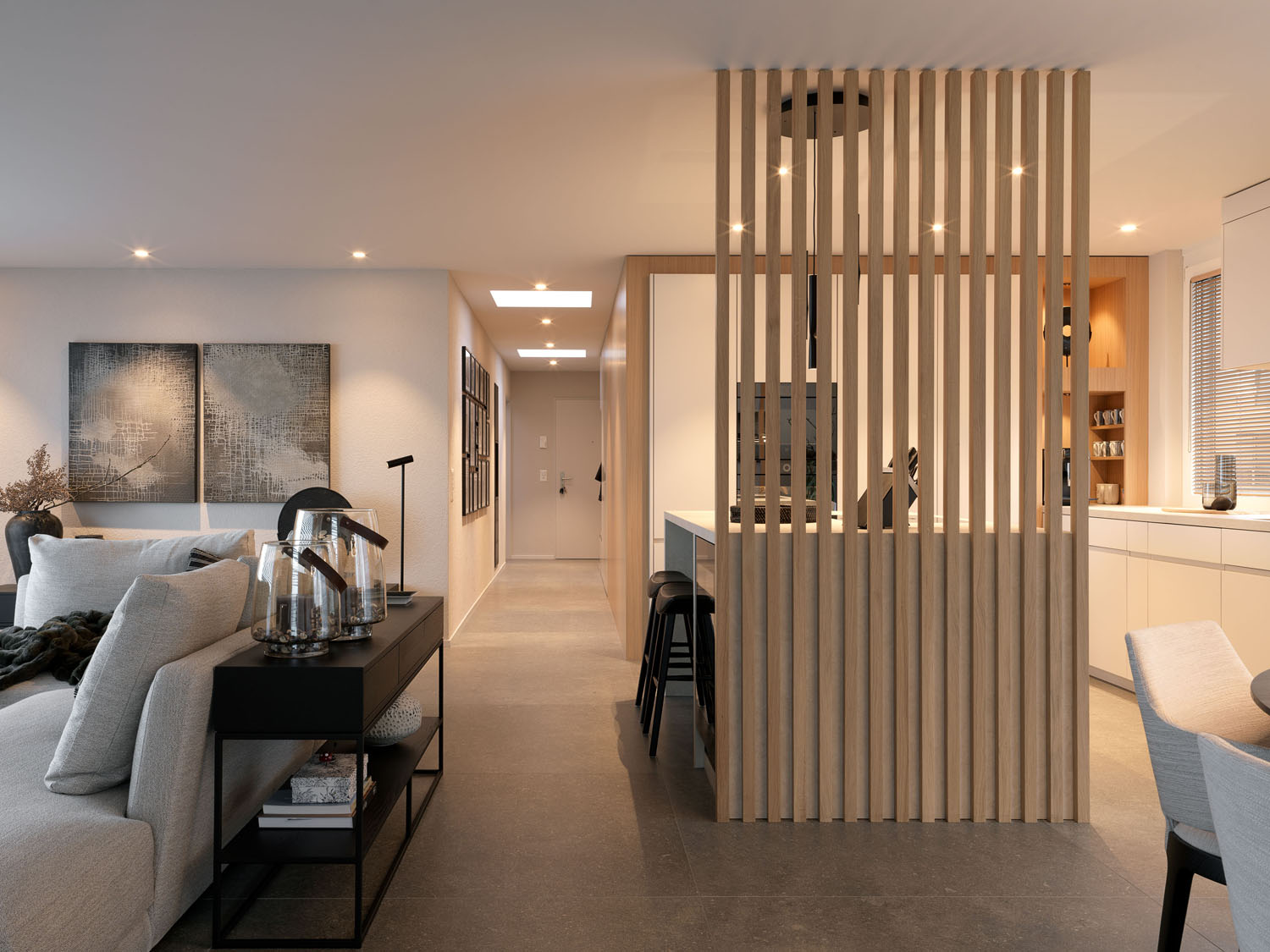
TIP
Work with transparent visual levels to create sufficient cosiness. A clear view does not mean designing everything to be open, but rather guiding the view and demarcating areas in their functions, but not closing them off – an example of this is the contemporary disappearance of closed kitchens and their demarcation by kitchen islands, which allow the space to be experienced as transparent and zoned. In interiors, a visual plane of around 6 metres has proven to be calming.
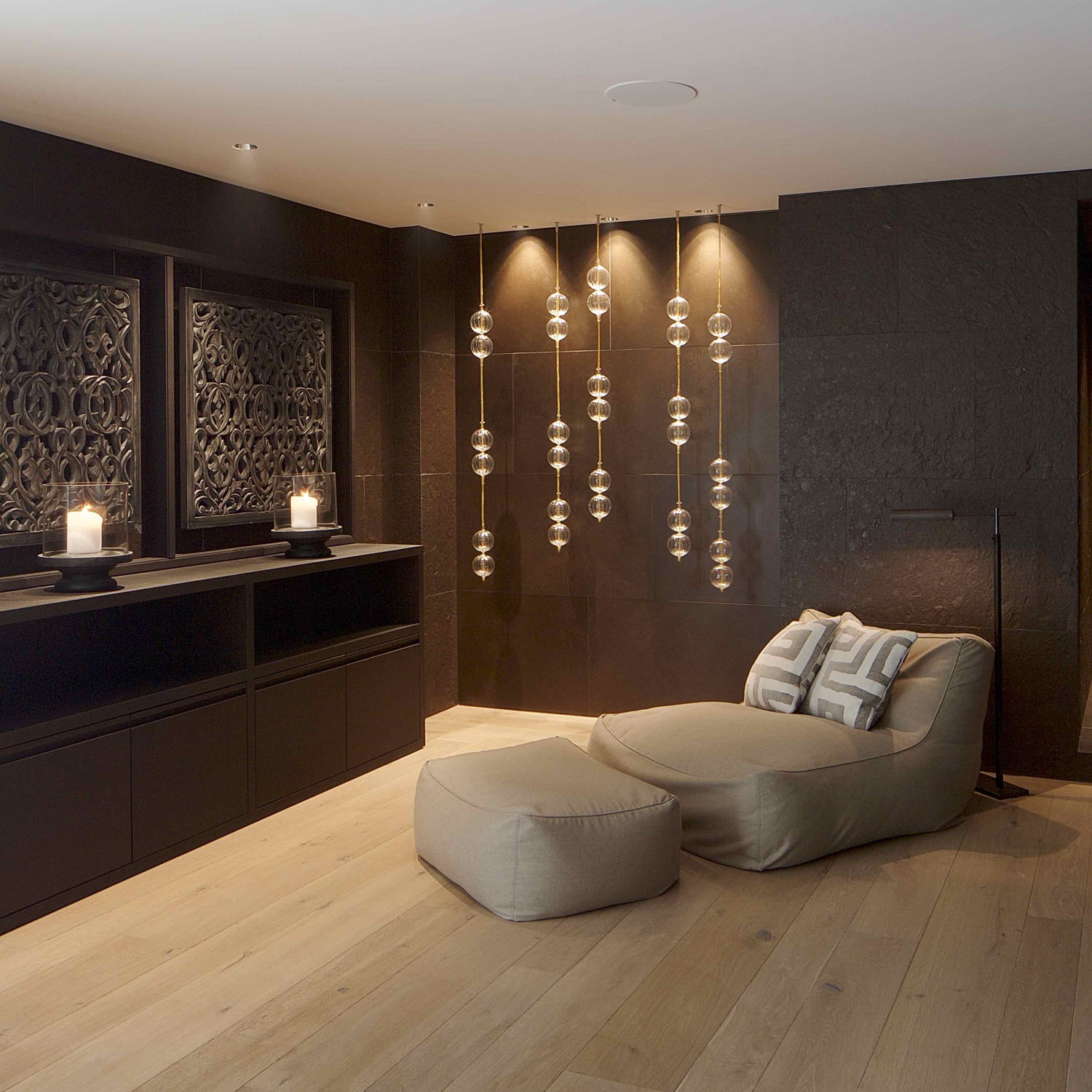
RESIDENCE EFFECT: Protection and retreat
A well-appointed sanctuary feels safe and provides a sense of retreat and seclusion – for working, sheltering, resting or healing – whether alone or in small groups. A good sanctuary feels separate or unique from its surroundings; its spatial qualities can be contemplative, embracing and protective without being unnecessarily shielding. Sanctuary conditions are important for restorative experiences and stress reduction, as evidenced by lower blood pressure and heart rate. Other benefits of sanctuary include reduced irritation, fatigue and perceived vulnerability, as well as improved concentration, alertness and perception of safety.
TIP
A ‘shelter’ should have at least 3 closed sides and no high ceilings. The cave feeling can be enhanced by a ceiling design or a darker colour on the ceiling. Individually adjustable or translucent (or semi-transparent) blinds, roller blinds, screens or partitions help to create a cosy feel. Additional options for adjusting the colour and intensity of the light (dimm to warm) are calming and help to reduce stress.

LIGHT EFFECT: Dynamic diffuse light
Dynamic and diffuse lighting utilises varying intensities of light and shadow that change over time to create conditions similar to those found in nature.
Recent research has focused on illuminance variations and visual comfort, human factors of light perception, and the effects of lighting on circadian system functions. Sunlight changes colour from yellow in the morning to blue at midday and red in the afternoon/evening; the human body responds to this colour change in daylight. This response is reflected in body temperature, heart rate and circadian functions.
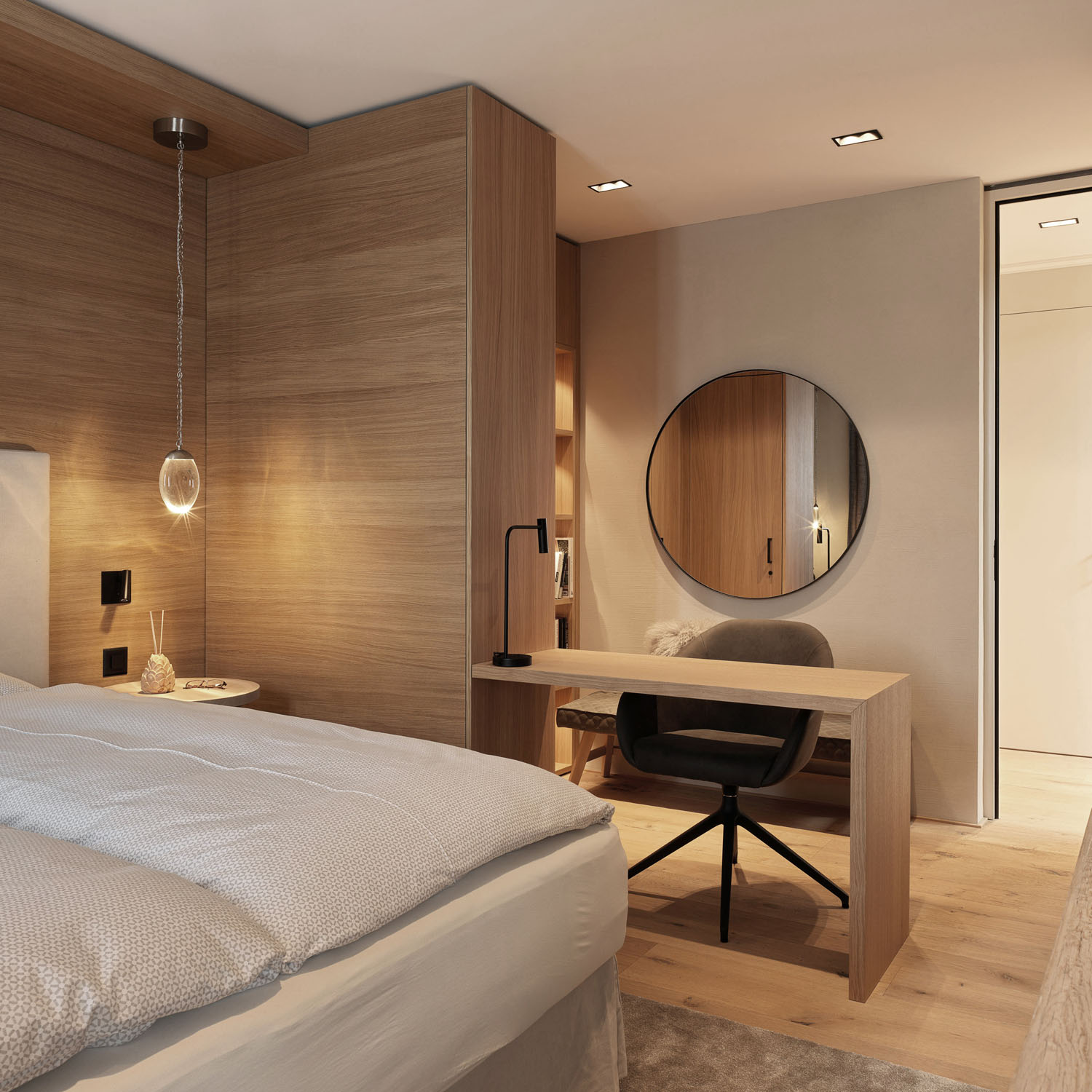

TIP
Daylight should stream into the living space from different angles; direct sunlight leads to high contrasts, so avoid direct sunlight wherever possible. In the evening, several glare-free light sources with individual light intensity can be used as accent lighting to enhance well-being. Diffuse ambient light on vertical walls and ceilings reduces high contrasts and therefore calms the perception of the room. White light during the day and NO blue light at night supports the circadian rhythm.
My insider tips:
The nature effect can be realised very easily, e.g. with fresh flowers or art inspired by nature. Houseplants in Wabi-Sabi pots also convey liveliness and create a reference to nature.
The savannah effect can be recreated by adopting the positions in the room where you spend the most time. Sitting or standing, you can find out what is obstructing your view or how you could open up the room for a better overview.
The refuge effect should be realised in every home. Create a cosy zone away from the zones of social interaction. Use darker furnishing colours for this, as they increase contemplation and the feeling of security.
Light effect: I always say that you can make everything beautiful or ruin everything with light. Never use light sources that are too bright or where the light source is openly visible. To follow the circadian rhythm, dim down the light in the evening and only use light sources with a colour temperature below 2700 Kelvin – a higher value has more blue content and reduces the production of melatonin (sleep hormone).
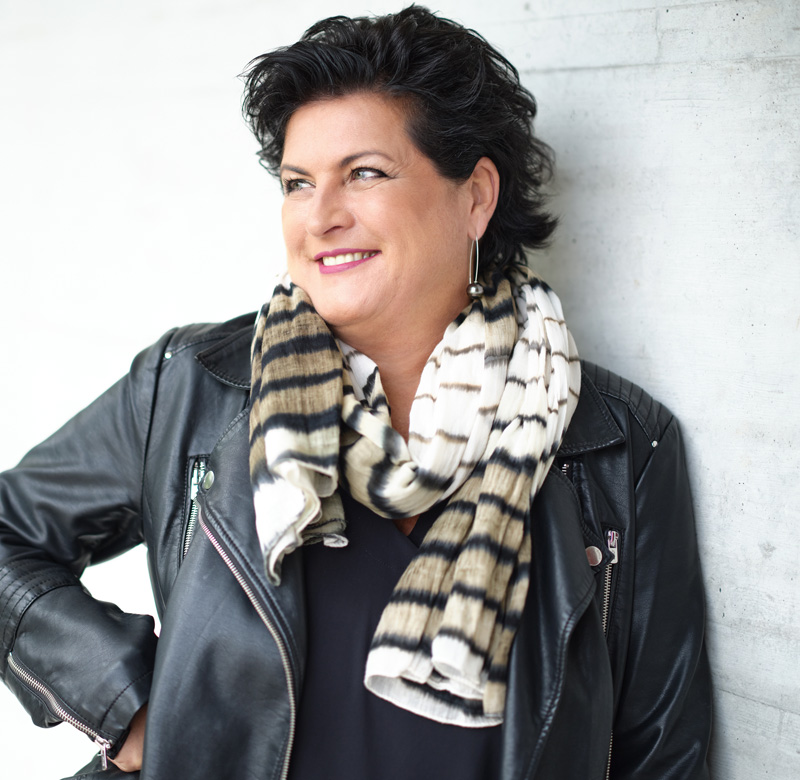
Nicole’s blog is published sporadically and provides you with useful tips for your personal feel-good world, the latest products and interesting facts from the everyday work of an interior designer.
Would you like to receive the latest blog? Then follow us on our social media channels.
Nicole Gottschall
Head of Design GO INTERIORS
Interior Architect VSI.ASAI / Owner
Copyright GO INTERIORS GmbH Seestrasse 344 CH-8038 Zurich
www.go-interiors.ch T 041 44 463 83 83
